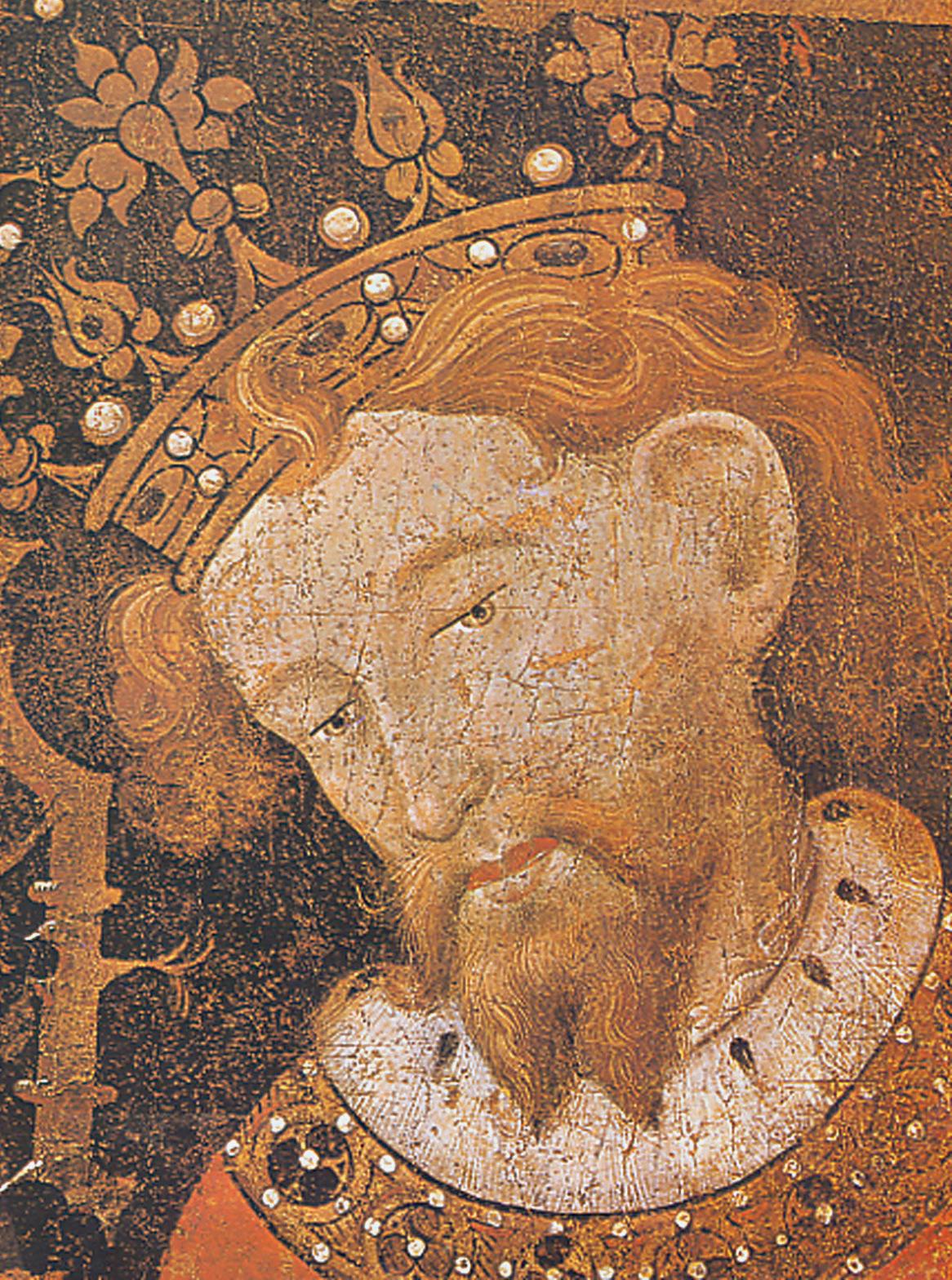
1 minute read
Jaume I in the Vall d’Albaida: a trail with royal seal
Jaume I ain the Vall d’Albaida A Trail with Royal Seal
There are historical characters that are not only important biographically speaking, but also leave their seal on the territory. That is the case of Jaume I, the king of Aragon who added the Vall d’Albaida region to Europe in the 13th century, and the one who established, on previous Muslim settlements or in new locations, the towns of Bocairent,Ontinyent, Albaida, Montaverner, La Po- bla del Duc and Llutxent, repopulating them with Christian settlers. The route “Jaume I in the Vall d’Albaida region” connects these municipalities along a way 49 km long -divided in 5 stages- that goes through the whole region, from the Bocairent of les Covetes dels Moros to the Monastery of Corpus Christi and the Old Castle of Llutxent. As a supplement, it is offered a “Moorish pathway” (11 km), which diverts from La Pobla del Duc, through Castelló, Rugat and Aielo, to take us closer to the traces of the Islamic past of the shire, and which ends up going up to the mythic castle in Rugat, in the shady area of Benicadell Mountain range. It is like homage to the defeated ones, in that historical trauma that the feudal conquest meant, divided into two stages: from La Pobla to Castelló, and from here to the castle in Rugat. If we go along flat paths and rural ways like the royal way to Gandía, in a route suitable for family tourism (on foot, bike, horse and even in a car in most parts...), we will discover the farming, river and mountain landscapes; the values of the heritage, ethnography and gastronomy of one of the most beautiful Valencian regions. This guide will inform you about the different stages of the route, with the objective of offering you a better planning. The adventure of the medieval towns and Moorish farmsteads is at your hands. The advice offered in this guide is thought to the people who will cover the route walking (the best option).
Advertisement


